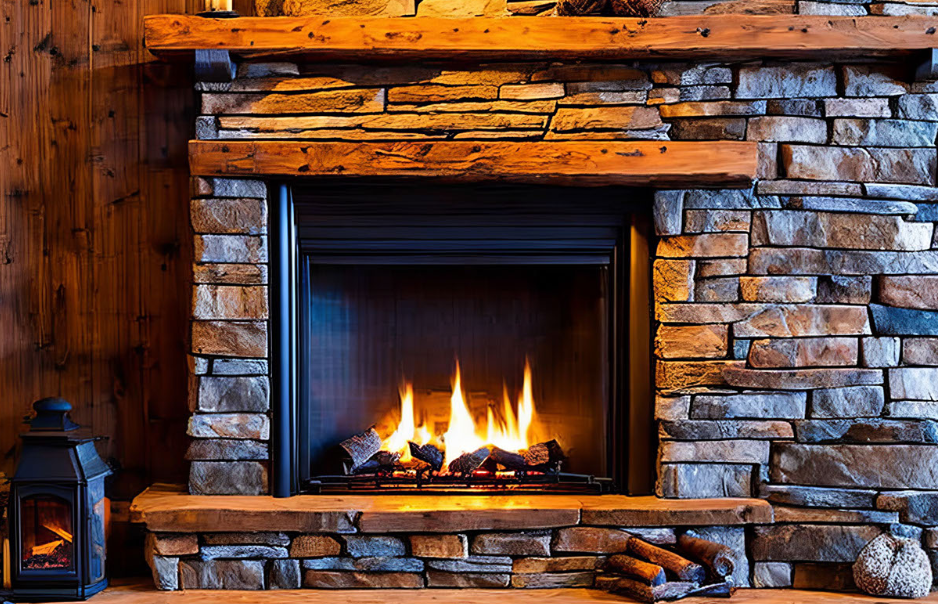
How to start a fire in your fireplace?
- Gather Supplies: Collect dry, seasoned firewood, newspaper, and kindling.
- Open Damper: Ensure the damper is open to allow proper airflow.
- Prepare Grate: Place the fire grate inside the fireplace.
- Create Base: Crumple newspaper and place it on the grate.
- Add Kindling: Arrange small sticks or kindling on top of the newspaper.
- Layer Firewood: Place larger firewood pieces on top of the kindling in a crisscross pattern.
- Ignite Newspaper: Light the newspaper with a match or lighter.
- Monitor Draft: As the fire starts, monitor the draft to ensure proper airflow.
- Add Firewood: Once the fire is established, add larger firewood pieces gradually.
- Maintain Fire: Keep the damper open and periodically add firewood to maintain the fire.
- Safety First: Never leave the fire unattended and keep a fire extinguisher nearby.
- Extinguish Safely: When done, let the firewood burn completely, then close the damper to prevent drafts.
Remember, proper ventilation and using dry, seasoned firewood are key to a successful and safe fire-starting process.
Properly venting a fireplace
Properly venting a fireplace is crucial for maintaining a safe and efficient heating system. It is the process of directing the byproducts of combustion, including smoke and gases, safely out of your home through a chimney or venting system. This ensures that your indoor air quality remains high and minimizes the risk of dangerous gases, like carbon monoxide, accumulating in your living space. Professional installation and regular maintenance are essential to guarantee that your fireplace operates efficiently while keeping your home and loved ones safe.
Properly Venting a Fireplace: Key Steps
- Installation: Begin with the correct installation of a fireplace, chimney, or venting system to facilitate effective venting.
- Chimney Design: Ensure the chimney is designed with appropriate dimensions and materials to allow proper airflow and exhaust.
- Draft and Airflow: Maintain proper draft by ensuring an adequate supply of air for combustion and efficient venting.
- Clear Pathway: Regularly inspect and clean the chimney to remove obstructions, debris, and creosote buildup.
- Chimney Cap: Install a chimney cap to prevent rain, animals, and debris from entering the chimney, blocking the airflow.
- Efficient Flue Design: A well-designed flue helps direct smoke and gases up and out of the chimney effectively.
- Proper Sizing: The size of the flue and fireplace opening should match for optimal airflow and venting efficiency.
- Regular Inspection: Schedule annual inspections by a professional chimney sweep to identify and address potential venting issues.
- Carbon Monoxide Detectors: Install carbon monoxide detectors to alert you to any gas buildup, ensuring added safety.
Remember, proper venting not only enhances the performance of your fireplace but also safeguards your home and occupants from potential hazards.
